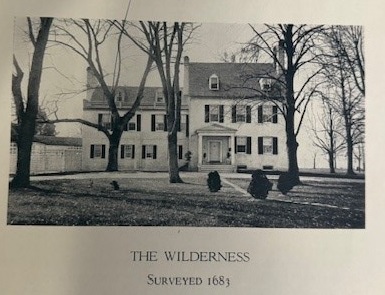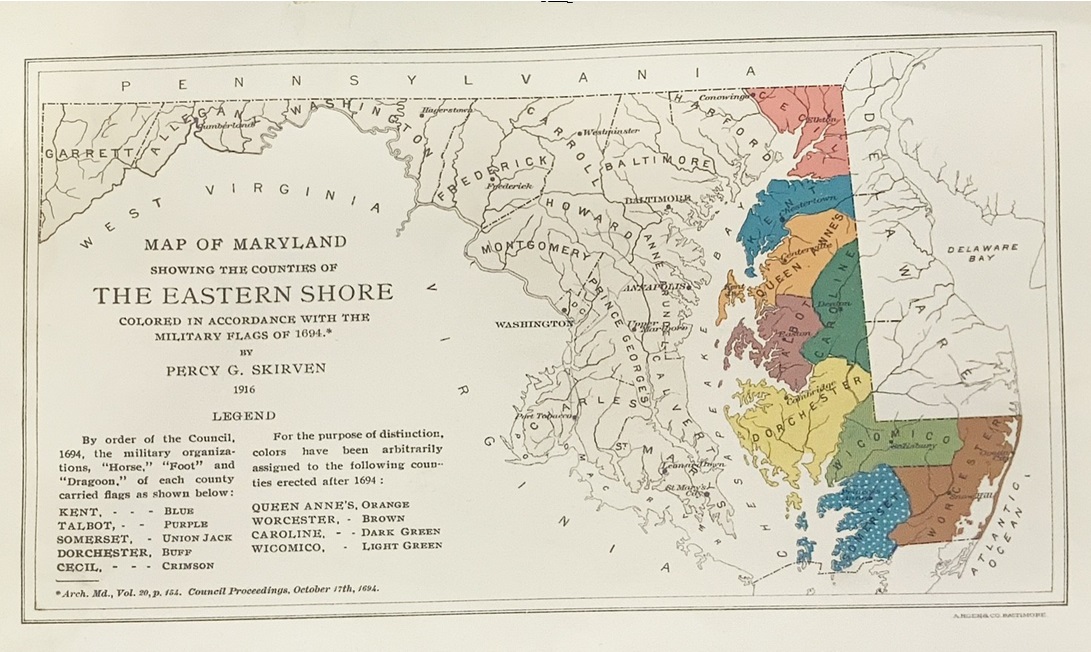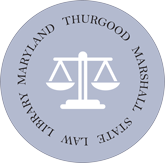
Maryland’s Colonial Eastern Shore is divided into nine chapters, one for each of the nine counties of the Eastern Shore: Kent, Talbot, Somerset, Dorchester, Cecil, Queen Anne's, Worcester, Caroline, and Wicomico. Each chapter provides a historical sketch of the county, with “short sketches” describing places of historical interest in that county. Each short sketch includes a photograph of the property and biographies of past owners, providing valuable genealogical information. In all, more than eighty colonial homesteads are described. The title also includes a separate sketch of Washington College in Chestertown, Maryland.
The author’s objective in compiling this collection of photographic essays of colonial Eastern Shore homes and related buildings was to preserve some record of their existence and connection to family history before they fast disappeared with the march of time. Mr. Earle also sought to stimulate the interest of Maryland men and women in the history of this part of the State.
Born at Mayfield, an old estate in Queen Anne’s County, Swepson Earle was an authority on the bay and its tributaries. He established the State Biological Laboratory at Solomons Island. Governor Albert Ritchie appointed Mr. Earle State Conservation Commissioner in 1924, a position he held for three terms. Mr. Earle was elected president of the Eastern Shore Society in 1925. In addition to Maryland’s Colonial Eastern Shore, the author also published The Chesapeake Bay Country.

References:
Baltimore Museum of Art, Photograph Collection, Swepson Earle Lantern Slides of Chesapeake Bay Architecture, Biographical Information.
New York Time, Swepson Earle, Conservation Leader, Authority on Chesapeake Bay, Dies at 64, November 16, 1943.

